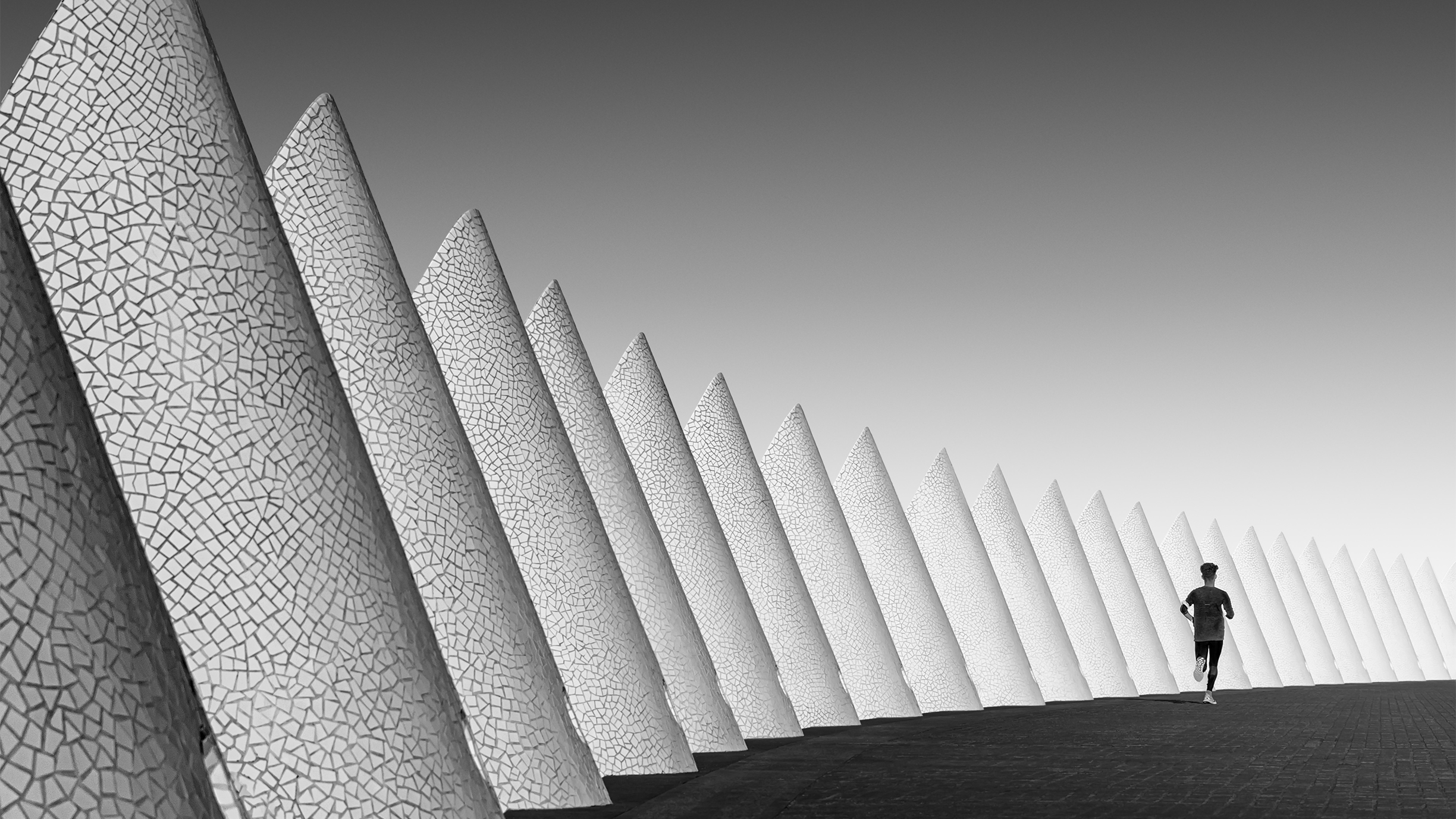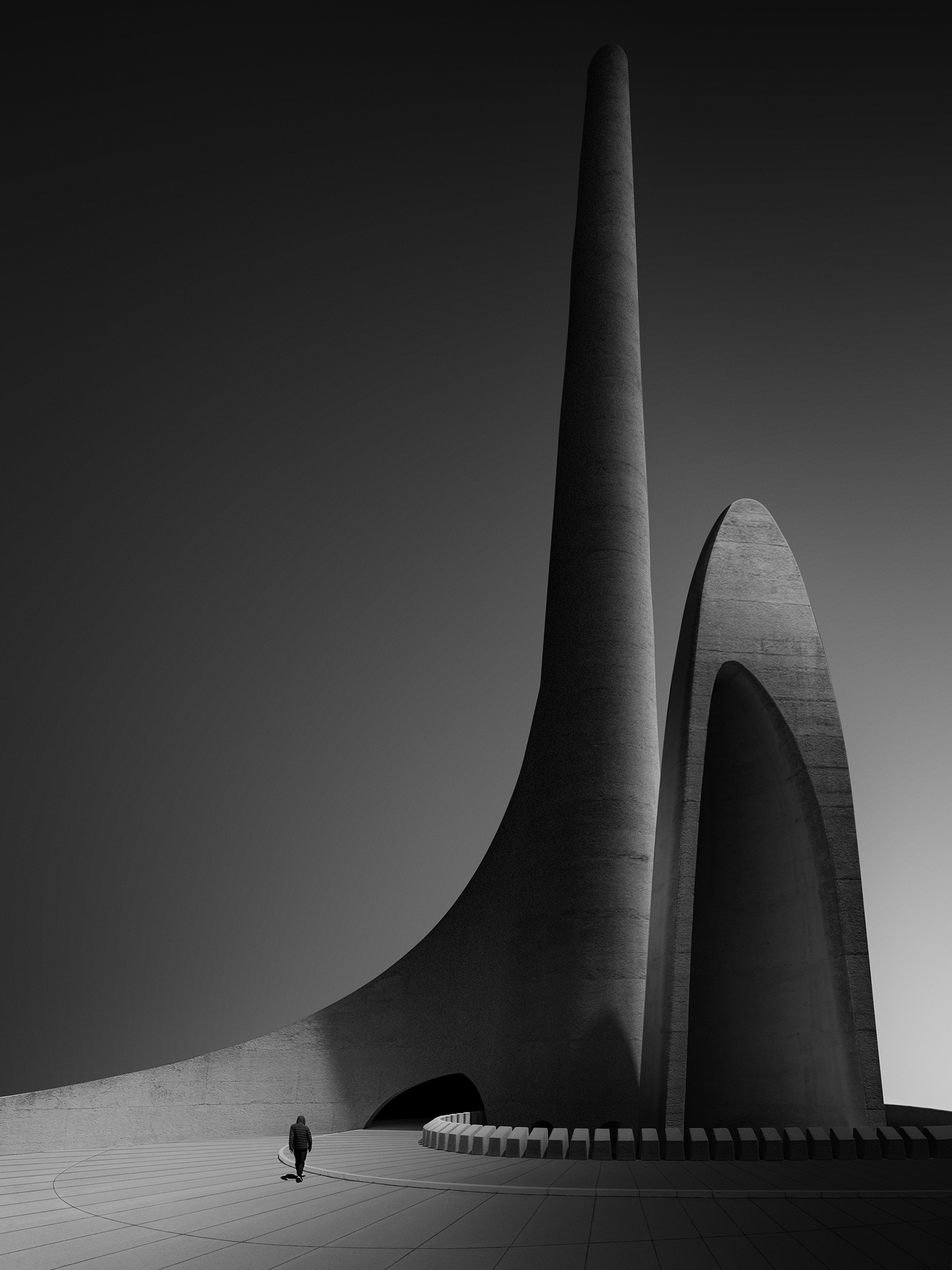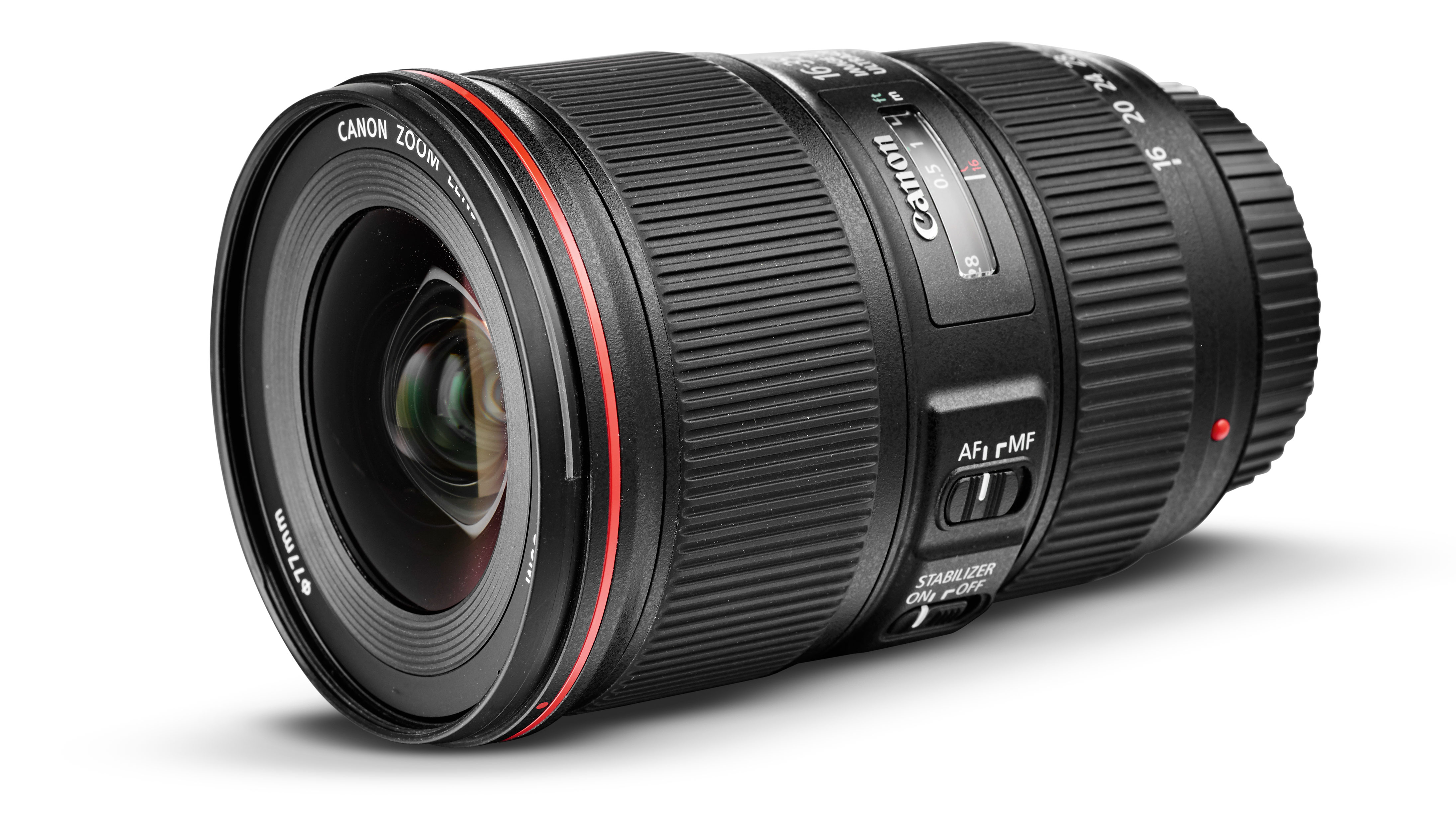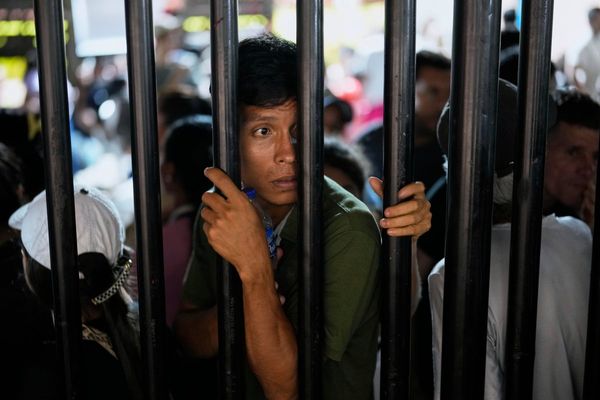
Mario Tarantino describes himself as a ‘monochromantic’ but it was the photographic potential of brutalist architecture that led him to capture the image that won an award. “I submitted the photo because I felt the narrative I wished to convey when looking at it,” says Mario. He already had a creative direction in mind before being on location.
“I wanted to create an outer-worldly narrative, a meeting place or place of worship on another planet. Once on location, the sheer scale of the monument was impressive. To convey that immenseness, I put a silhouette of my father in the frame.”
Brutalist architecture is built with rough concrete, making for a heavily textured surface. “Getting the right angle, aperture and exposure was crucial in keeping the balance between enough and too much detail,” he says.
Another challenge was the strong light, therefore Mario used an ND filter which let him control the light further. With a minimalistic environment and subject, the composition is crucial. “The composition is minimalist – the monument with its clean lines is placed on the third with the sky creating lots of negative space. The scale is demonstrated by the silhouette on the opposite third, which creates a balance between the subjects,” says Mario.

“Unconventional angles and fresh points of view is something that started with the launch of both GoPro Cameras and drones. With the advance of technology, shrinking cameras allow for new angles, unconventional perspectives and points of view.”
Using traditional composition rules such as the rule of thirds is a tried and tested method, but it’s important to experiment as every subject requires different strategies. “Try experimenting with both portrait and landscape orientations when photographing your subject. Sometimes a tighter frame is better to guide the viewer’s eye into the frame making it more engaging,” says Mario. “Try and take the time to visit a location before going to photograph it. That way, you are familiar with the surroundings resulting in better composition as well as knowing what time of the day is best to do the shoot”.
When it comes to light, he prefers to shoot in the early morning or late afternoon when the light is softer. “I prefer shooting in low light conditions. However, I have taken great photos during strongly lit daytime as well. The midday and early afternoon sun can also enrich B&W photography, especially if you want to create high-contrast imagery,” he adds.
Mario follows a minimalistic philosophy of ‘less is more’. This is not just visible in his photographic work but also his technical approach. One of his most important accessories is a tripod for long-exposure shots. “When it comes to lenses, try and keep it simple,” he says. “A 24-70mm is a great all-rounder and should be part of everyone’s kitbag. I usually carry this optic and a 16-35mm flat wide, so I’m not overcomplicating things on location.”
Lens choice

Expand the view by working with short focal lengths
“I enjoy working with wide-angle lenses and with practice, have got to know their pros and cons. What I love about this optic is the spectrum of genres they cover, from architecture, landscapes and even street.
A wide-angle lens draws the eye into the scene, creating a strong feeling of perspective as well as a greater field of view in either landscape or portrait format. I also find the depth of field on wide-angle lenses superior to telephoto in that images are usually sharp throughout, with the exception of the corners. I work with a Canon EF 16-35mm f/4L.
When shooting with a wide-angle lens, fill the frame to avoid empty spaces where the eyes exit the image. Try to shoot at low angles, making use of leading lines to take the viewer through the image to the background.”
Three photographic techniques

1. Exposure bracketing
“This is one way of creating well-lit and detailed photographs. Expose for the blacks, shadows, mids, lights and highlights. Each of these exposures can then be blended together, creating a wonderfully detailed and lit image. Having these exposures also allows for greater artistic expression in the way the image is lit and guides the viewer’s eye through the photo.”
2. Focus stacking
“Sharpness and detail are important so focus stacking is especially effective when working with wide-angle lenses. This technique helps to ensure a sharp image from front to back. To do so, multiple images with different focus points need to be created. Start by focusing on the foreground and then move it through the image. The images can be blended in post-production.”
3. Get support
“Always bring your tripod with you, especially if you are going to shoot in low light conditions. It is vital for exposure bracketing, focus stacking and long exposures as well as providing a steady base for sharp images. A tripod also helps with your photo composition, as it forces you to slow down and take in your surroundings as you set it up, usually resulting in a better composition.”







